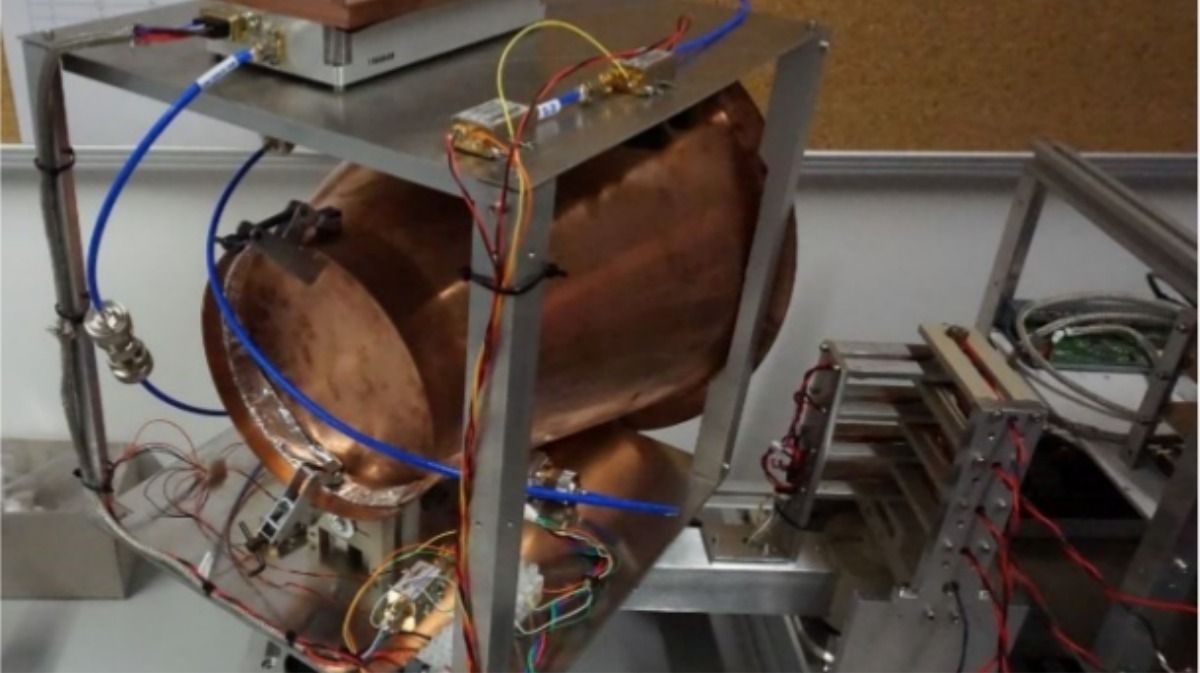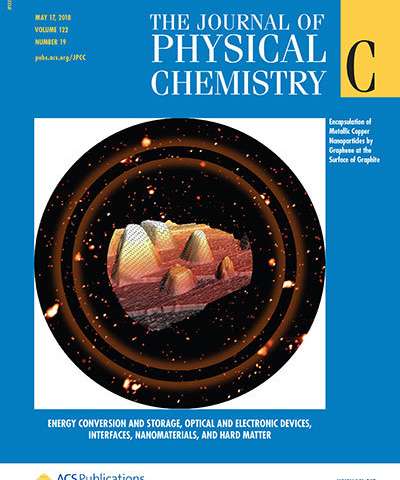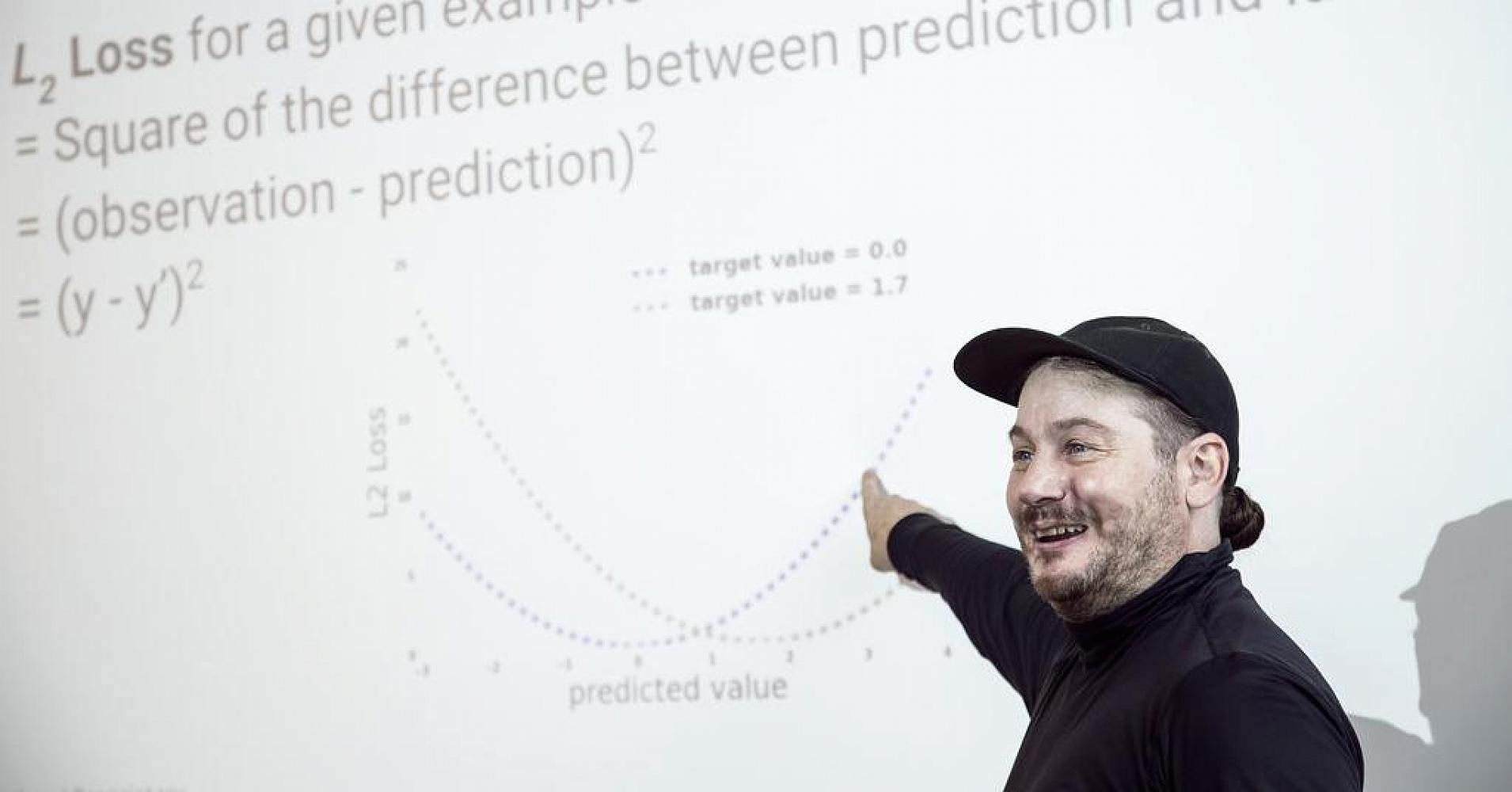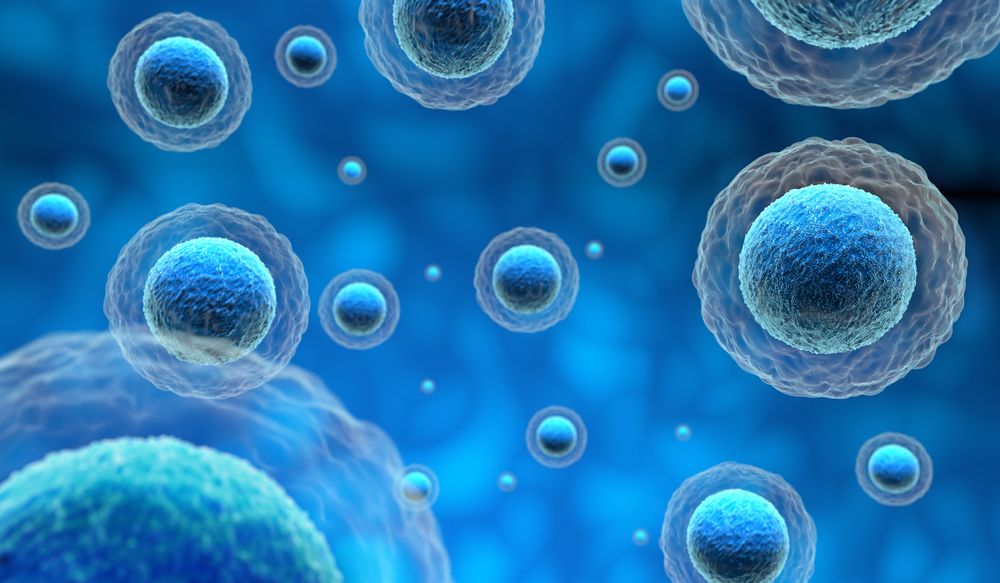Page 9151
May 21, 2018
A German Team Is Now Trying to Make the ‘Impossible’ EmDrive Engine
Posted by Genevieve Klien in categories: quantum physics, space travel
German physicists launched the SpaceDrive project to explore possible sources of error in EmDrive experiments. Their first experiment identified a possible source of false positives in past successful EmDrive tests.
May 21, 2018
Newly discovered copper and graphite combo could lead to more efficient lithium-ion batteries
Posted by Bill Kemp in categories: energy, materials
A first-of-its-kind copper and graphite combination discovered in basic energy research at the U.S. Department of Energy’s Ames Laboratory could have implications for improving the energy efficiency of lithium-ion batteries, which include these components.
“We’re pretty excited by this, because we didn’t expect it,” said Pat Thiel, an Ames Laboratory scientist and Distinguished Professor of Chemistry and Materials Science and Engineering at Iowa State University. “Copper doesn’t seem to interact strongly or favorably with graphitic materials at all, so this was a big surprise. It really challenges us to understand the reasons and mechanisms involved.”
The scientists bombarded graphite in an ultra-high vacuum environment with ions to create surface defects. Copper was then deposited on the ion-bombarded graphite while holding it at elevated temperature, at 600–800 K. The synthetic route created multilayer copper islands that are completely covered by graphene layer(s).
May 21, 2018
Advanced biofuels can be produced extremely efficiently
Posted by Bill Kemp in categories: energy, finance, sustainability, transportation
A chance to switch to renewable sources for heating, electricity and fuel, while also providing new opportunities for several industries to produce large numbers of renewable products. This is the verdict of researchers from Chalmers University of Technology, Sweden, who now, after 10 years of energy research into gasification of biomass, see an array of new technological achievements.
“The potential is huge! Using only the already existing Swedish energy plants, we could produce renewable fuels equivalent to 10 percent of the world’s aviation fuel, if such a conversion were fully implemented,” says Henrik Thunman, Professor of Energy Technology at Chalmers.
How to implement a switch from fossil-fuels to renewables is a tricky issue for many industries. For heavy industries, such as oil refineries, or the paper and pulp industry, it is especially urgent to start moving, because investment cycles are so long. At the same time, it is important to get the investment right because you may be forced to replace boilers or facilities in advance, which means major financial costs. Thanks to long-term strategic efforts, researchers at Sweden´s Chalmers University of Technology have now paved the way for radical changes, which could be applied to new installations, as well as be implemented at thousands of existing plants around the globe.
Continue reading “Advanced biofuels can be produced extremely efficiently” »
May 21, 2018
Loss of marine habitats is threatening the global fishing industry – new research
Posted by Bill Kemp in categories: food, habitats, security, sustainability
Seafood consumption is both a love and a necessity for hundreds of millions of people worldwide. And its supply is a key part of maintaining food security for the whole planet. But during a time of rapid population growth and increasing demand, stocks of wild fish and invertebrates (such as mussels and prawns) are declining.
The problem is that policies and plans designed to make sure there are enough fish and invertebrates almost exclusively target fishing activity. But we also need to protect the critical habitats that are essential for the sustainability of these stocks and fisheries.
Most species that are fished require more than a single habitat to live and thrive. Atlantic cod (Gadus morhua), for example, spends its adult life shoaling in deep water where it lives, feeds and spawns. But juveniles require more stable habitat such as seagrass meadows. So, if we want to manage fish and invertebrate stocks for sustainability reasons, it is essential to protect the supporting habitats of targeted species.
May 21, 2018
Inside the training camp where Google shares its A.I. secrets with companies Alphabet invested in
Posted by Derick Lee in category: robotics/AI
The chairs were filled not with Gerard’s fellow Google employees but, instead, more than 100 engineers from about a dozen big privately held companies that Google’s Alphabet had invested in.
As it battles to stand out in late-stage investing, Alphabet’s CapitalG is throwing a new machine learning marathon for its portfolio companies.
May 21, 2018
China takes a critical first step toward landing on the far side of the Moon
Posted by Genevieve Klien in category: space travel
Anyone home?
China takes a critical first step toward landing on the far side of the Moon.
The Queqiao spacecraft is now on its way toward L2.
Continue reading “China takes a critical first step toward landing on the far side of the Moon” »
May 20, 2018
Why NAD+ Declines With Age
Posted by Manuel Canovas Lechuga in categories: biotech/medical, life extension
Nicotinamide adenine dinucleotide (NAD+), a nucleotide, is critical for life to exist. From the most simple bacteria to complex multicellular organisms such as humans, NAD is a vital component of cellular function and thus life.
An increased level of NAD+ appears to convey health and longevity, and a decrease is associated with aging and disease. Today, we are going to look at NAD+, why it declines with age, and what science might do about it.
May 20, 2018
The Thing Inside Your Cells That Might Determine How Long You Live
Posted by Genevieve Klien in categories: biological, life extension
You may have forgotten about the nucleolus since you took biology class, but scientists think this structure inside every cell in your body may play an important role in aging.
May 20, 2018
Terrorists Are Going to Use Artificial Intelligence
Posted by Klaus Baldauf in categories: encryption, robotics/AI, terrorism
Machine-learning technology is growing ever more accessible. Let’s not have a 9/11-style ‘failure of imagination’ about it.
There is a general tendency among counterterrorism analysts to understate rather than hyperbolize terrorists’ technological adaptations. In 2011 and 2012, most believed that the “Arab Spring” revolutions would marginalize jihadist movements. But within four years, jihadists had attracted a record number of foreign fighters to the Syrian battlefield, in part by using the same social media mobilization techniques that protesters had employed to challenge dictators like Zine El Abidine Ben Ali, Hosni Mubarak, and Muammar Qaddafi.
Militant groups later combined easy accessibility to operatives via social media with new advances in encryption to create the “virtual planner” model of terrorism. This model allows online operatives to provide the same offerings that were once the domain of physical networks, including recruitment, coordinating the target and timing of attacks, and even providing technical assistance on topics like bomb-making.
Continue reading “Terrorists Are Going to Use Artificial Intelligence” »


















